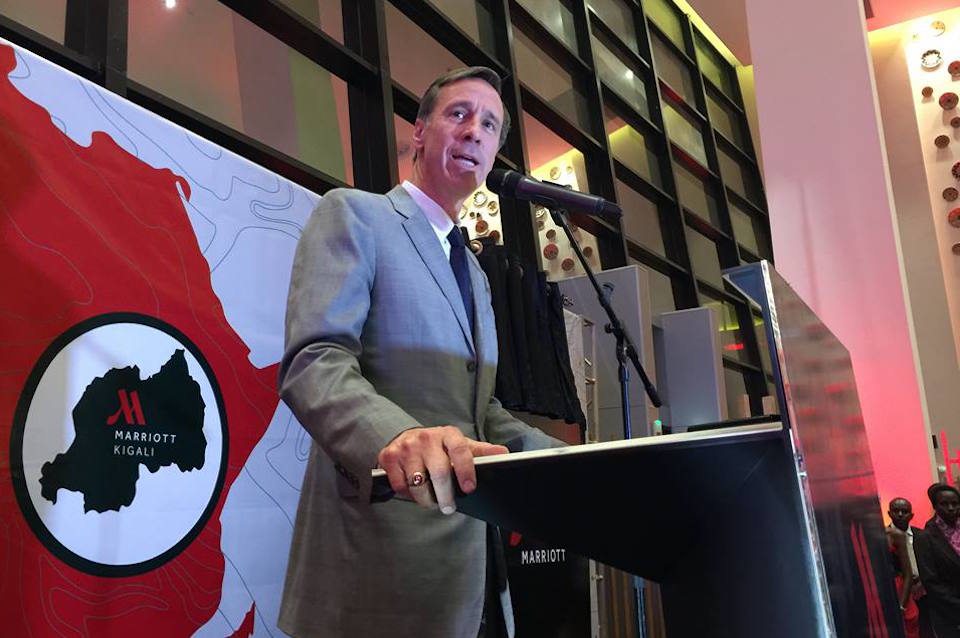Skift Take
We'll definitely be keeping our eye on what develops as far as Marriott's decisions for its reservations and loyalty platforms going forward. But we're still not so convinced they're keeping all 30 of those brands over the long term.
Boosted by its $13.3-billion acquisition of Starwood Hotels & Resorts in September 2016, Marriott International has demonstrated strong global performance in its first quarter results with Starwood on board.
The Bethesda, Maryland-based company, now the world's largest hotel company, beat Wall Street's expectations both in terms of revenue and in earnings, posting earnings per share of $1.01 and total revenues of $5.56 billion, a 47.7 percent increase from the same period last year when Starwood wasn't yet part of the company.
Net income was $365 million, up 67 percent from the same period last year. Marriott's base management and franchise fees also grew significantly from last year's $200 million to $629 million this year, thanks to the Sept. 23 acquisition of Starwood for some $13.3 billion. Marriott expects to collect anywhere from $3.21 billion to $3.23 billion in fee revenues for the full year in 2017.
Global revenue per available room (RevPAR), a performance metric often used by the hotel industry, was up 3.1 percent, and the company's RevPAR performance in North America, Europe, Greater China, and Asia-Pacific was stronger than expected. The company added more than 17,000 rooms to its system in the first quarter as well, and saw a 2 percentage point increase in overall occupancy.
The company expects total costs related to its merger with Starwood for 2017 to come in around $100 million.
The Biggest Risk Involved in the Integration with Starwood
Even with such strong 2017 earnings numbers thus far, Marriott CEO Arne Sorenson said, "I think we're off to a good start on the integration [with Starwood], but I think we are by no means declaring victory today. We have a got a lot of work ahead of us."
That work includes tackling, perhaps, the biggest risk or threat to the success of


